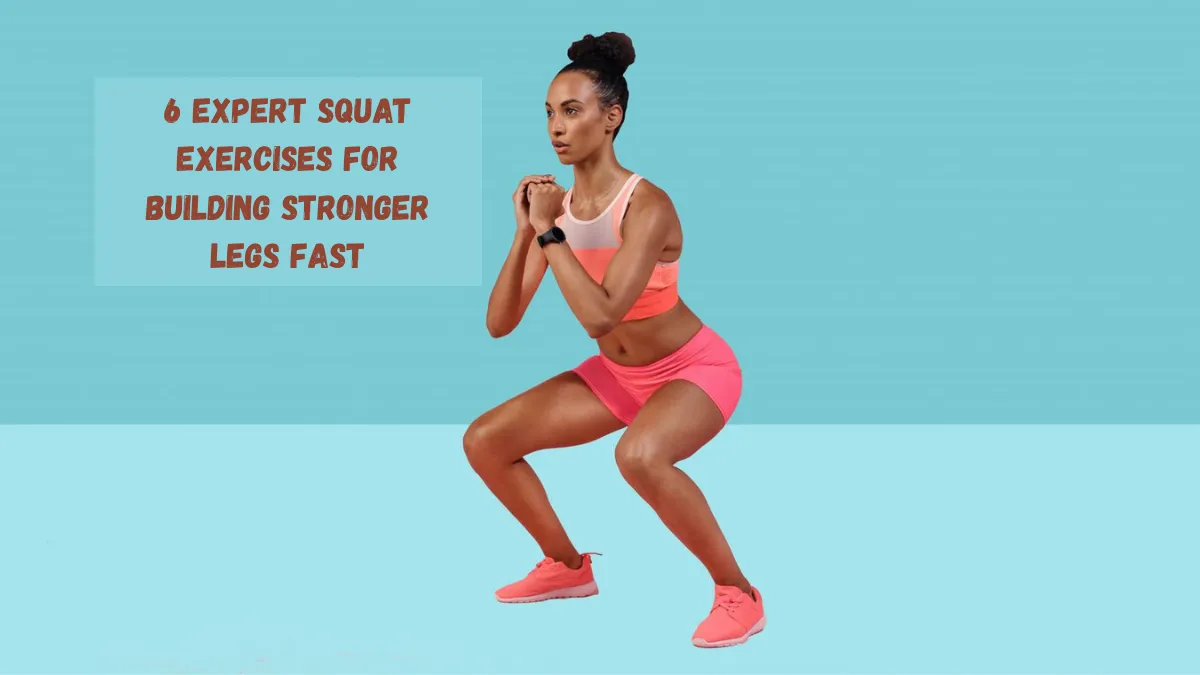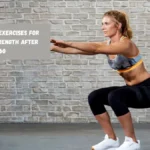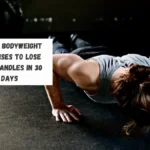Ever glanced at a sofa and wished you could just sit down and back off? You are not alone. Our everyday tasks typically call for squatting motions, so general health and functionality depend on developing this basic movement pattern.
Certified personal trainer, macro coach, and nutritionist Tami Smith has a two-bit knowledge of good squatting. Tami, the inventor of Fit Healthy Macros and a fitness guru, provides her 50,000 Instagram followers with macro, fitness, and nutrition knowledge. She talks just to Mind + Body today. Read on to learn her tips on adding squats to your program for best results.
1. The Benefits of Squats
“Squatting is a quite natural human movement pattern,” Tami says. “There are many circumstances that come up naturally during our day that demand us to squat down and stand back up again.”
Tami claims that adding squats to your exercise program not only increases your squatting efficiency but also strengthens your whole body. “Squats are a compound exercise, which means they utilize multiple muscles/muscle groups at once, making them one of the most effective strength movements you can do to develop an overall strong and functional body,” she says.
2. How Many Squats Should You Do?
Tami advises against just performing squats every day if you want to develop stronger legs; instead, she suggests a methodical approach. “I would suggest someone follow a structured strength training routine that prioritizes progressive overload and that incorporates squats 1-2x per week,” she says.
Tami advises newbies to start basic: “Beginners can start with bodyweight squats or with very light weights in order to progressively raise their resistance and rep count.” She underlines the need for strategy in your program: “I don’t recommend just squatting every day to build stronger legs; your routine should be strategic, include multiple exercises, and include recovery between squatting days.”
3. Perfect Squat Form
Safe and powerful squatting depends on proper form. “Stand with feet shoulder-width apart, hold weight at shoulders, squat down like you’re going to sit back in a chair, keep knees aligned with your toes, sit back until legs are parallel to the floor, and push back up through your heels to the starting position,” Tami says.
Tami advises including squats “1-3x per week, inside a 30-45 minute lower body workout,” for best results. “Perform bodyweight-only squats until form is correct,” she advises beginners, stressing first mastery of the essentials.
Tami also issues a warning on typical errors to prevent: “Don’t try to lift up too big of weights—this might cause damage. We need to be exercising several movement patterns for a well-rounded body, not only squats.”
4. Squats vs. Other Leg Exercises
When weighing squats against other leg workouts, Tami is clear about their worth: “Squats are one of the best lower body exercises for building strength and muscle; they engage the entire lower body at once.”
5. Squat Variations for Targeting Specific Muscles
Tami advises many squat variants to target various body groups:
“Heels raised for quad involvement in squats Quads’ Goblet Squats Sumo squat for thighs—internal and external. Bulgarian split squats for hamstrings and the glutes. Box squats for hamstrings and glutes. Squats for inner and outer thighs, cossack style
6. Complementary Exercises for Complete Lower Body Development
Tami says combining squats with other exercises for a well-rounded lower body workout: “Lunges, hip hinges (RDLs, deadlifts), hip thrusts, step-ups.” These opposing motions guarantee balanced development of every lower body muscle group.




